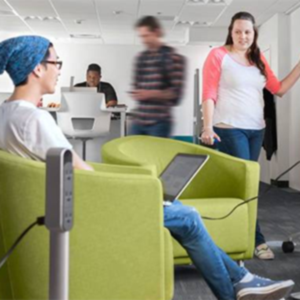
LEARNING LABS
Collaboration Spaces
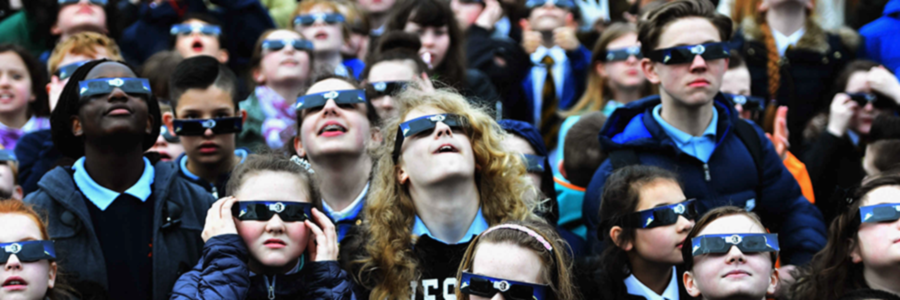
While working at James Madison University in February 2017, I wrote about the impact of virtual reality on campus planning and infrastructure. It's breathtaking how far VR technology has come in thirty months. For VR and AR (a.k.a. extended reality or XR), hand tracking has arrived making hand-held controllers optional. Inside-out positional tracking eliminates clumsy external sensors. Eye tracking is here, the most significant human interface method since the computer mouse. Lightweight, wireless headsets and glasses are essential for students with early versions arriving last year.
Artificial intelligence is another technology rocket. Before long, AI will combine with XR, smart phones and performance watches for the ultimate, personal digital assistant (PDA). The device will look like glasses with dynamically darkening lenses. It will scan your surroundings, alerting you to opportunity and danger. It will sense your health and identity, functioning only for you. It will have a name and a personality profile defined by you. It will prepare and make available to you whatever you need to know, often before you need it.
Procedural learning will be the domain of this device, its personality construct serving as your instructor. Conceptual learning will happen in collaboration with your mentor in XR, whether or not you're in the same physical space. Bridging these tracks, the ultimate PDA provides student and mentor coordinated, topical information experienced with their respective devices.
Wearable PDA's and artificial intelligence will revolutionize education. The marketplace will determine how it's done and who succeeds. Schools won't get privatized right away, but I do see the technology displacing teachers a decade from now. Top faculty will become highly paid, professionally trained mentors. Others will find work programming and instructing AI at companies like Facebook, Apple, Amazon and Google. Instructional designers and learning theorists will have the first shot at these jobs.
T.M.Wilcox, November, 2019
Collaboration Spaces
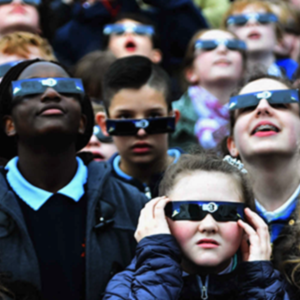
The Ultimate PDA
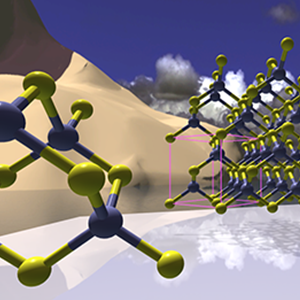
Learning To Code
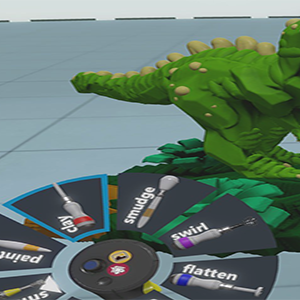
VR Interface Mock-Ups
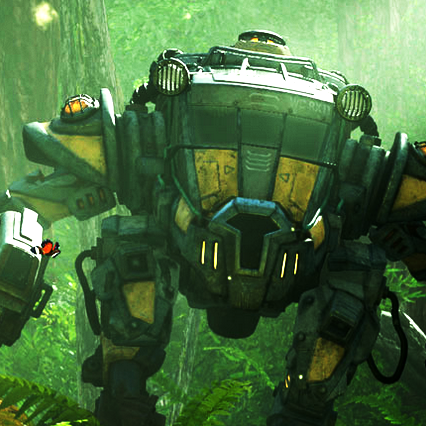
Amazon's Lumberyard Engine
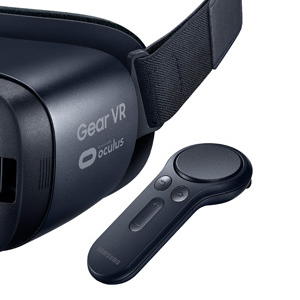
Samsung Gear-VR Controller
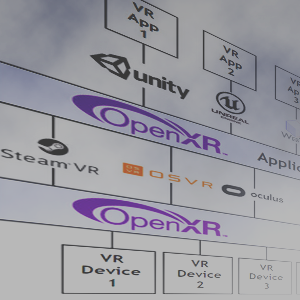
Standards For Virtual Reality

Writing Design Documents
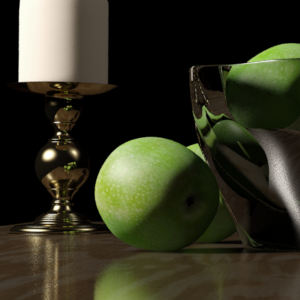
Making 3D Objects for Virtual Reality
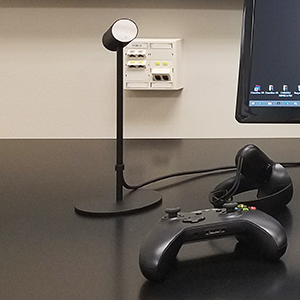
Inside-Out and Outside-In Head Tracking
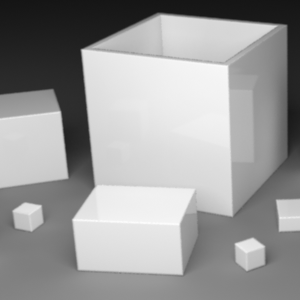
Making a Puzzle App With Unity
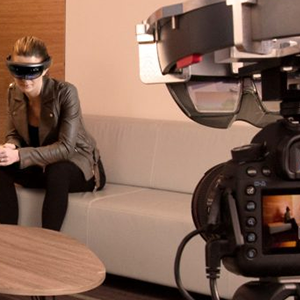
HoloLens Spectator View
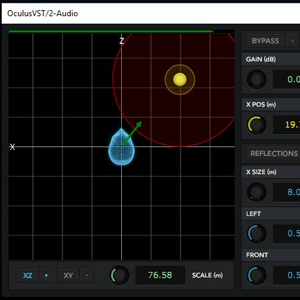
Spatialized Audio For Virtual Reality
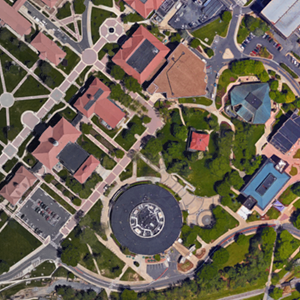
Physical Vs. Virtual Campus Expansion
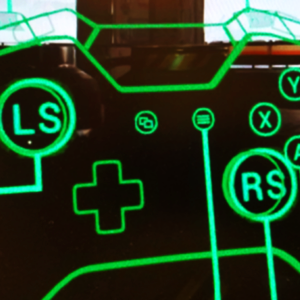
Head-Up GUI Design For VR
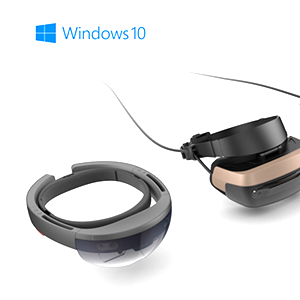
Windows 10 Creators Update
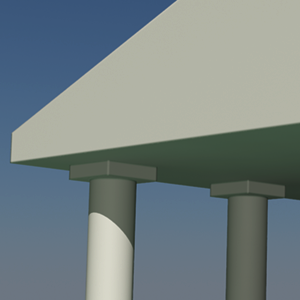
Visualizing Historic Buildings In VR
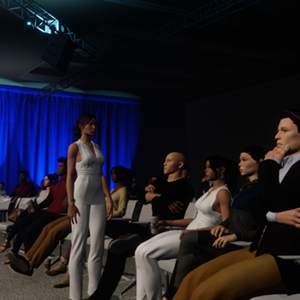
Sansar First Look
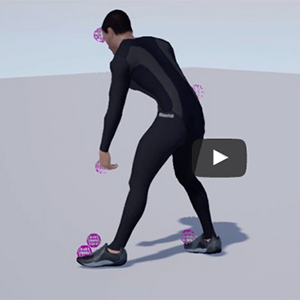
Accurate Motion Capture With Vive Trackers
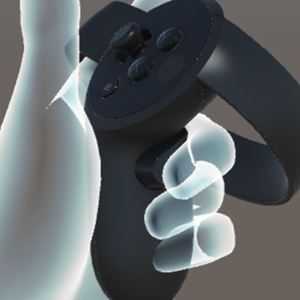
Interface Design For Oculus Touch Controllers